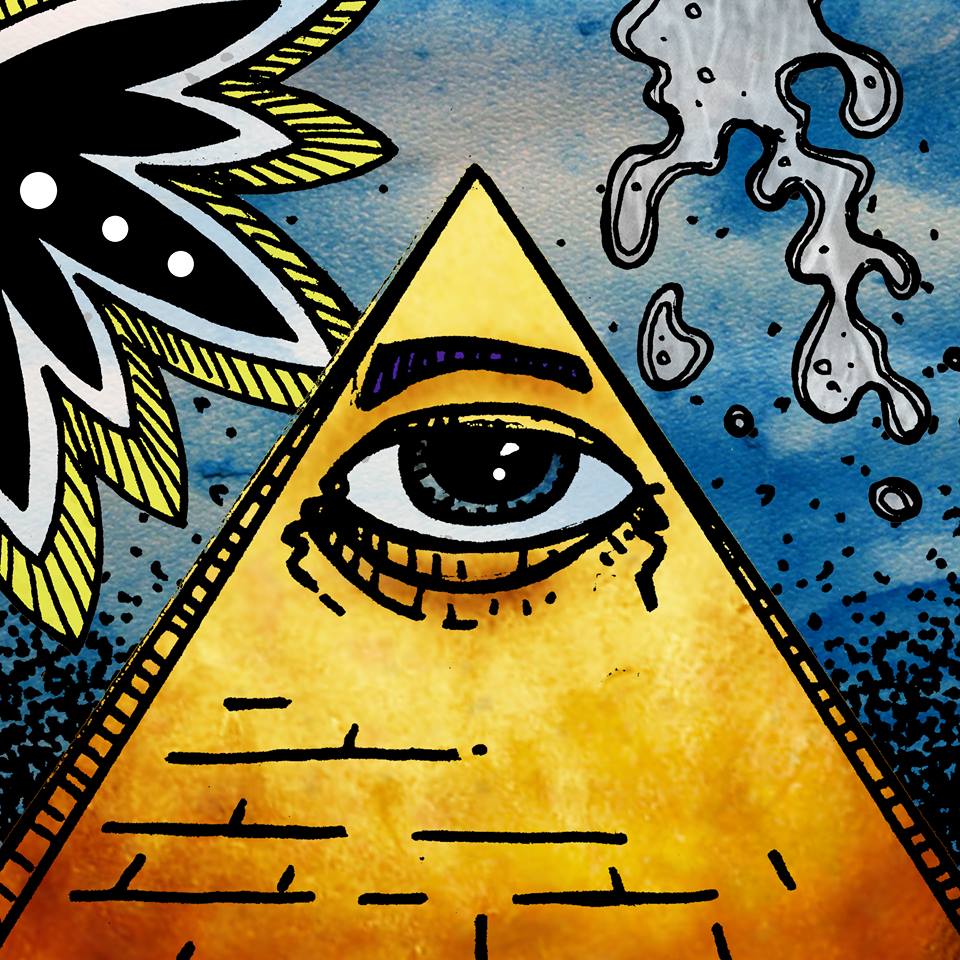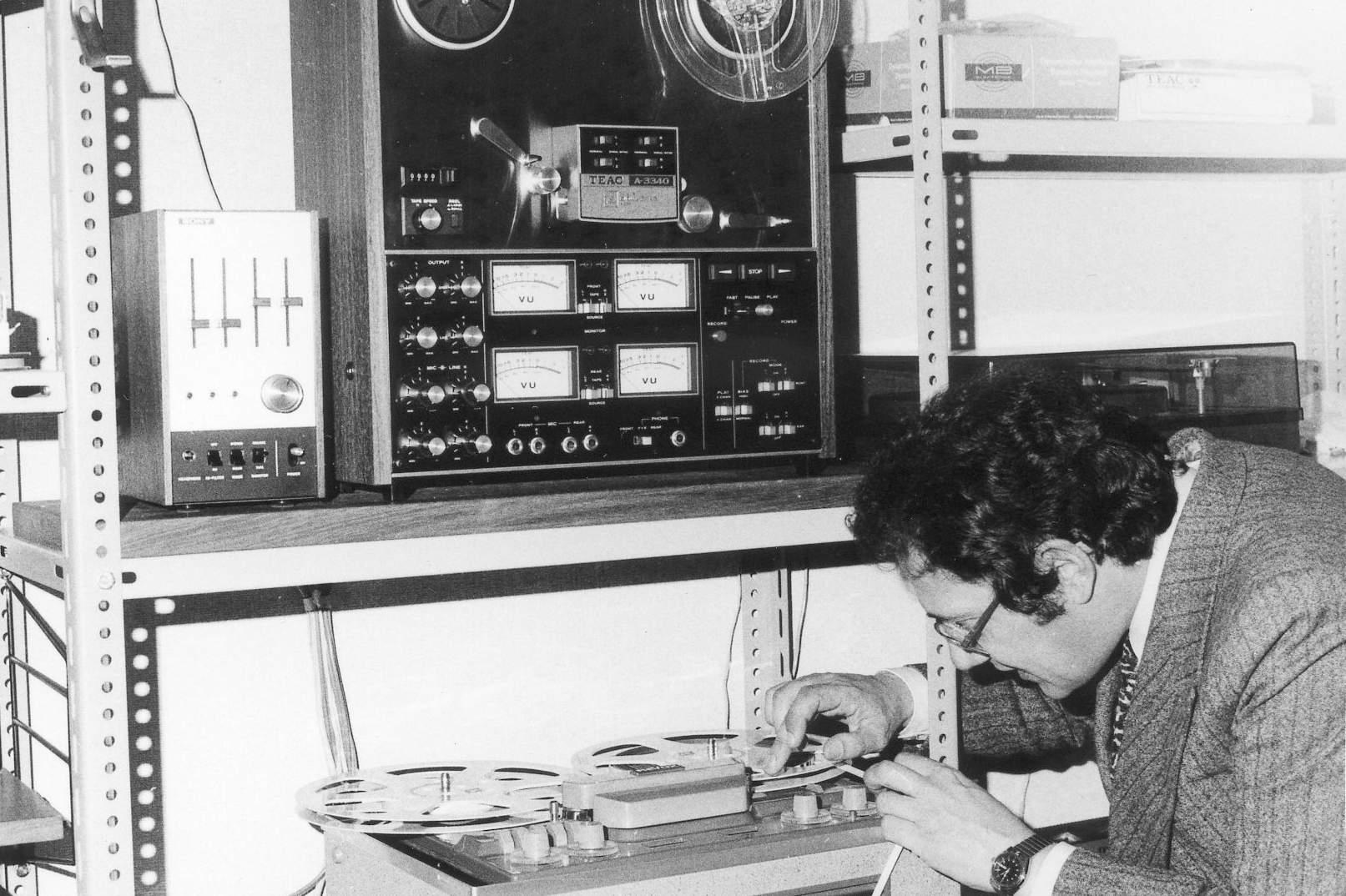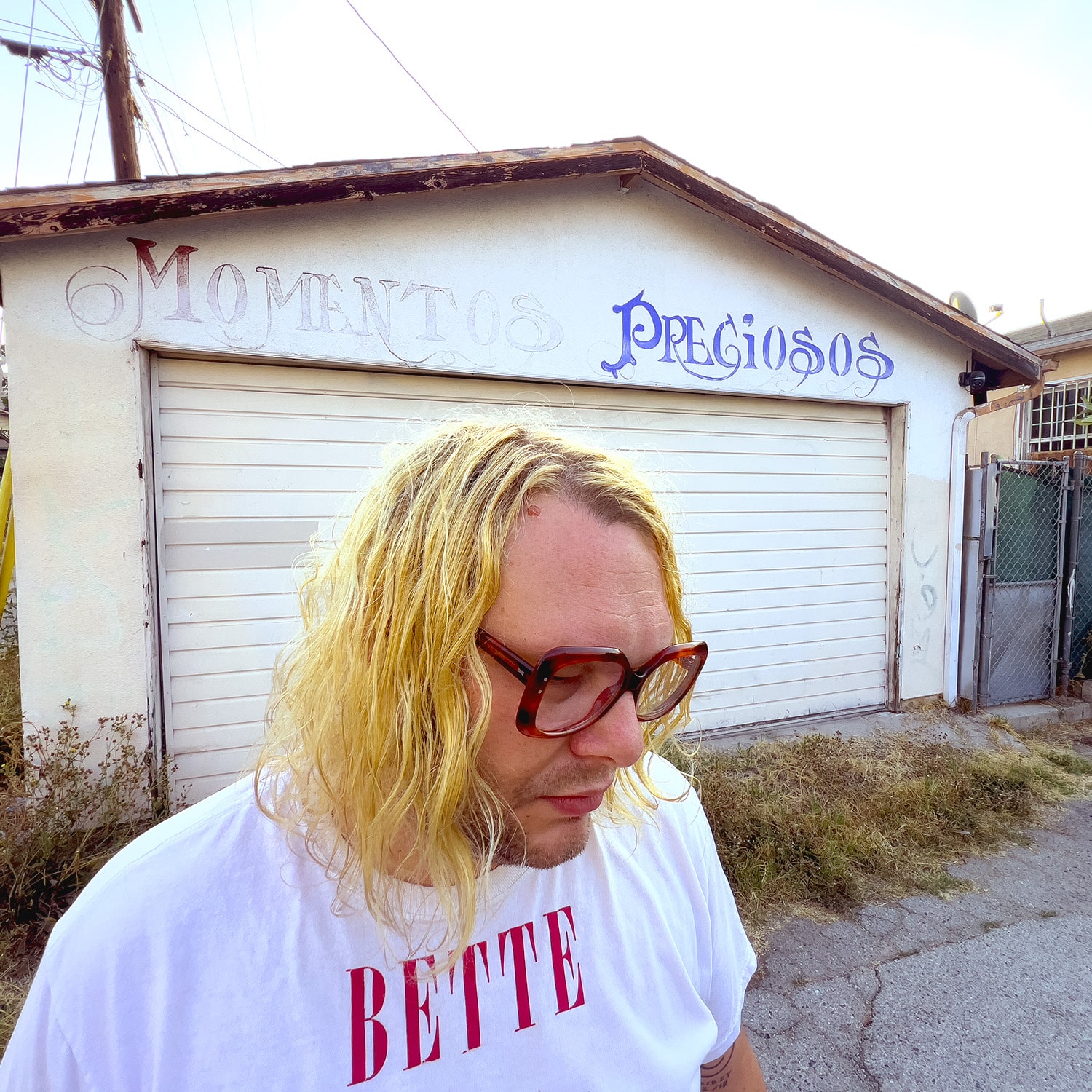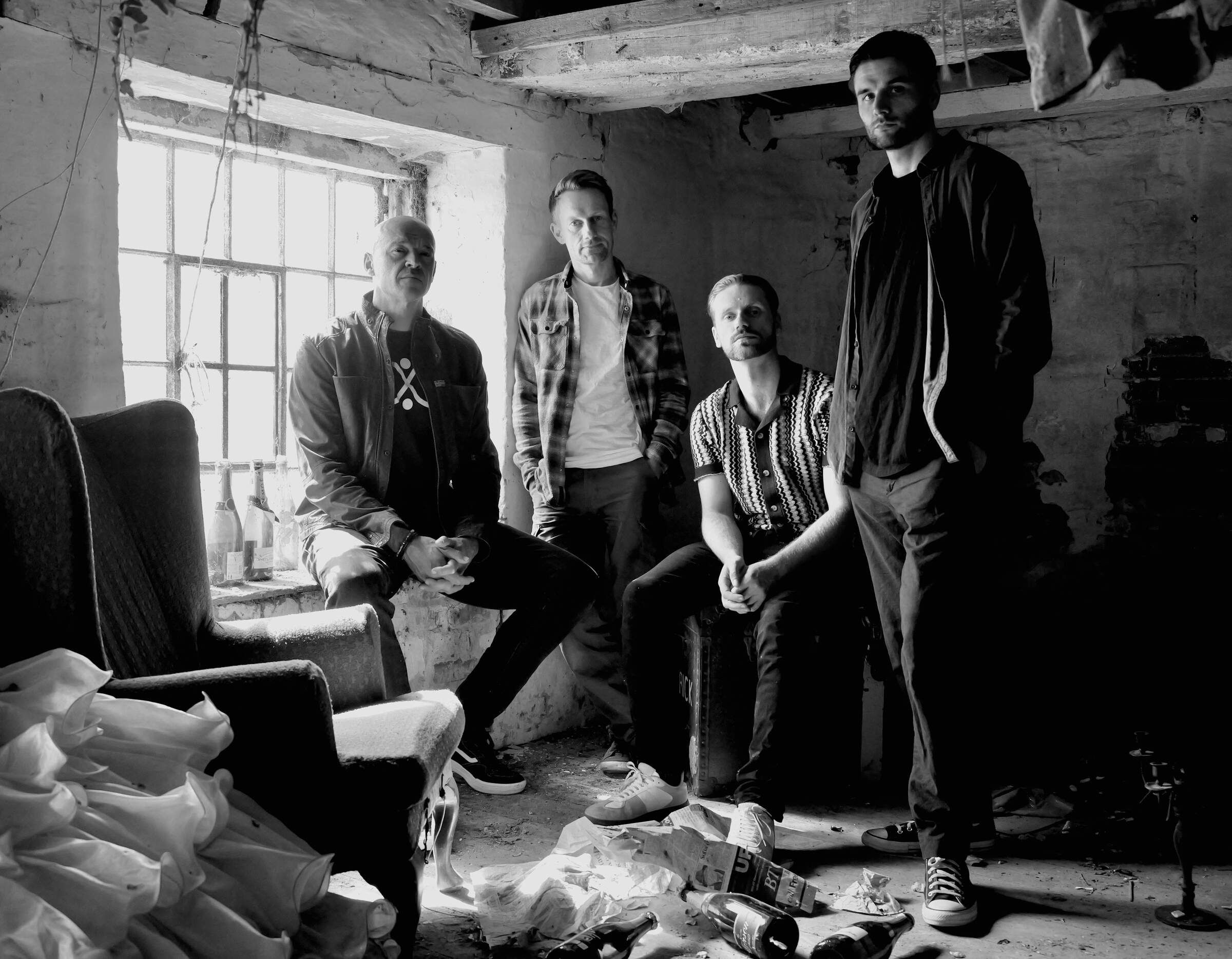Sandro Brugnolini’s 1970 Masterwork of Library Psychedelia, Recut and Restored
In the ever-murkier hunt for Italian library gold, few names shine as vividly as Sandro Brugnolini. A fixture of Italy’s wildly inventive studio scene in the late ’60s and early ’70s, Brugnolini was a quiet radical, pushing sonic boundaries from within the supposedly utilitarian confines of documentary scores and library LPs.
Underground, recorded in 1970 at Rome’s Dirmaphon Studios, is one of those rare albums that captures a kind of lightning in a bottle…a fleeting moment when funk, psychedelia, and avant-garde jazz collided under the ghostly flicker of reel-to-reel tape.
Reissued now in its original RT 104 form by Sonor Music Editions, Underground returns not just as an artifact but as a reminder of what was possible in a pre-digital studio world, when musicians played live, improvising around skeletal cues and broad emotional moods. The personnel alone reads like a dream team of Italian session music: Silvano Chimenti and Angelo Baroncini’s dual guitars weaving spaghetti-tight lines; Giorgio Carnini’s organ and piano swirling through minor-key motifs; Giovanni Tommaso’s bass bubbling with effects; Enzo Restuccia’s drums keeping it all stitched together with uncanny grace.
Originally released by Record TV Discografica—a short-lived but wildly creative label helmed by Alessandro Derevitzky—Underground has spent most of its life in the shadows, whispered about by collectors, heard in fragments, hunted across flea markets and message boards. This new edition, lacquer-cut from the original mono tapes and dressed in its full RT 104 regalia, restores the LP’s physical presence, and more importantly, its atmosphere. Here is the ghost of a sound era, resurrected on heavy card stock, limited to 500 copies—fragile, finite, but still crackling with life.
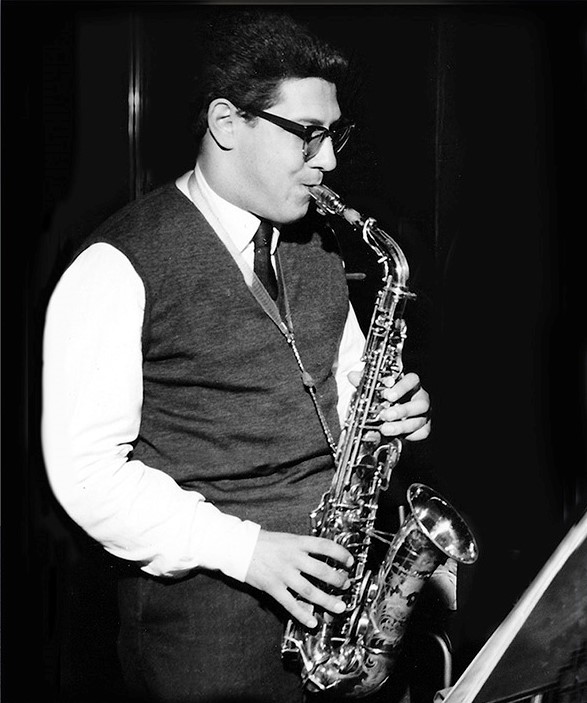
“This experimental yet deeply groovy fusion truly set his work apart.”
So, what first made you guys want to bring Sandro Brugnolini’s Overground and Underground back into the world? There’s something so unique about the way he blends jazz, funk, and those psychedelic vibes. What is it about his music that caught your attention?
Sandro Brugnolini’s musical genius, particularly evident in Overground and Underground, has long resonated with us at Sonor Music Editions. Since Lorenzo started the label in 2013—and even before—the connection with Maestro Sandro Brugnolini’s music has been very strong. What captivated us was his unique ability to blend the psychedelic sounds of the late 1960s with sophisticated jazz improvisation, infectious funk grooves, and vibrant Latin and African rhythms, all woven together with cinematic melodies. This experimental yet deeply groovy fusion truly set his work apart.
Our aim was to finally release these two legendary Italian recordings in a superior quality compared to previous versions. We were thrilled to obtain the original master tapes from the family and, for the first time ever, remastered the music directly from these analog sources. John also meticulously restored both artworks, ensuring exceptional quality. For the reissue of Underground, we were pleased to use the original sleeve artwork, unlike the past release.
It’s impossible to discuss Overground and Underground in isolation. These sessions are intrinsically linked, representing two of Brugnolini’s most impressive works from the golden age of Italian library music, and remaining highly sought after by collectors. Overground, which we reissued in 2024, originally served as the soundtrack to Persuasione, a documentary commissioned by Ente Provinciale Per Il Turismo Di Trento. Underground, on the other hand, was initially released in two separate installments, RT 104 and RT 16, on Alessandro Derevitzky’s library label, Record TV Discografica, founded in the late 1950s.

The way Brugnolini mixes all these different styles—psychedelic, jazz, Latin, funk—it’s pretty ahead of its time. When you’re remastering something like this, how do you keep that original magic alive while cleaning it up for a modern release?
Yes, it’s really fascinating how he’s mixing all these different styles and being able to cook this together into something that sounds truly unique, like these two masterpieces Overground and Underground. Remastering this or any archive material is challenging. First, to find a good source for the masters, and second, to find a good way to approach them. Luckily, we’ve been able to use the original master tapes from Sandro Brugnolini’s archives and to work on the material from that, which helps a lot.
An overall approach when working with material like this is to be as true as possible to the original idea, but with the ambition to make it even better. It’s not an easy challenge, and there are always compromises that have to be made. The actual making of this should only be done in one way: working with highly skilled restoration and mastering engineers with experience and knowledge on how to deal with this kind of delicate material, which is exactly what we’ve been doing.
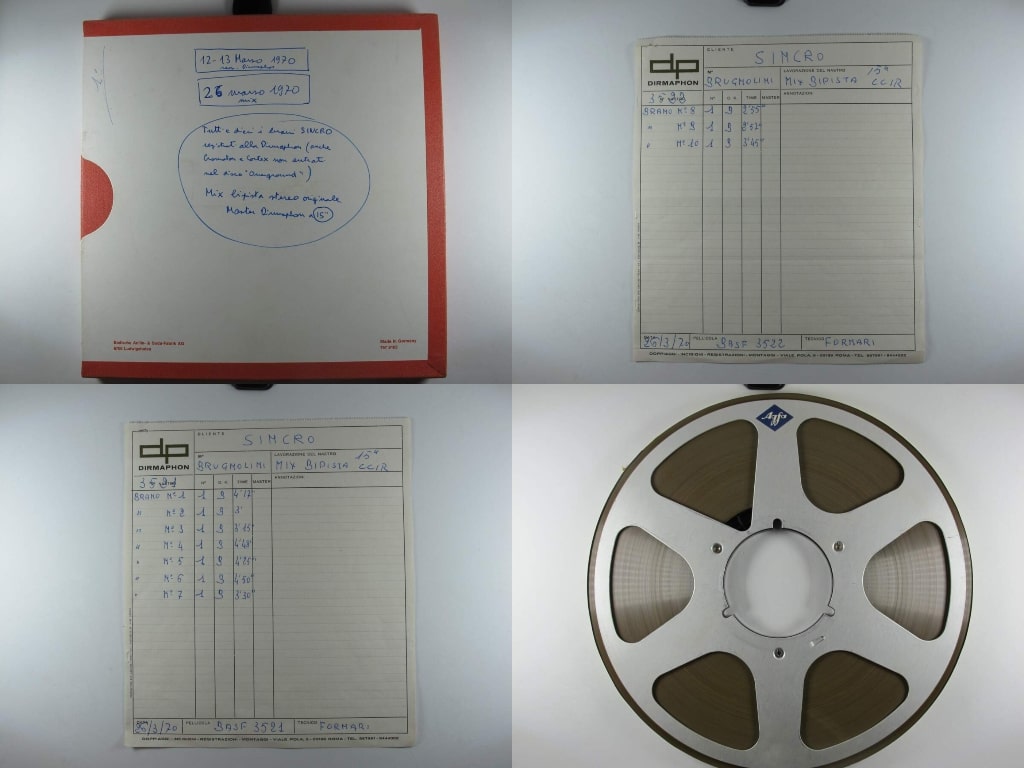
I know Underground has had a few different versions over the years. What made you decide to go back to the original RT 104 version for the 2025 reissue? Is there something about that first iteration that just felt right to you?
Following our commitment to presenting Brugnolini’s work in its most authentic form, we decided that for this 2025 reissue of Underground, it was essential to return to the original RT 104 version. This felt crucial to honor Sandro Brugnolini’s initial artistic vision for the album. It represents the first complete statement of Underground as it was originally conceived and experienced, with its original track listing and artwork.
In contrast, our 2014 reissue (SME 3) was a compilation of both versions, featuring the longer version of “Psichefreèlico” from RT 16 instead of the shorter “Sostenuto” and “Ballata” from RT 104, and included new artwork. This time, we prioritized presenting Underground in its original RT 104 attire. It has also been sourced and carefully remastered from the original mono tapes and lacquer cut by Jukka Sarapää at Timmion Cutting.
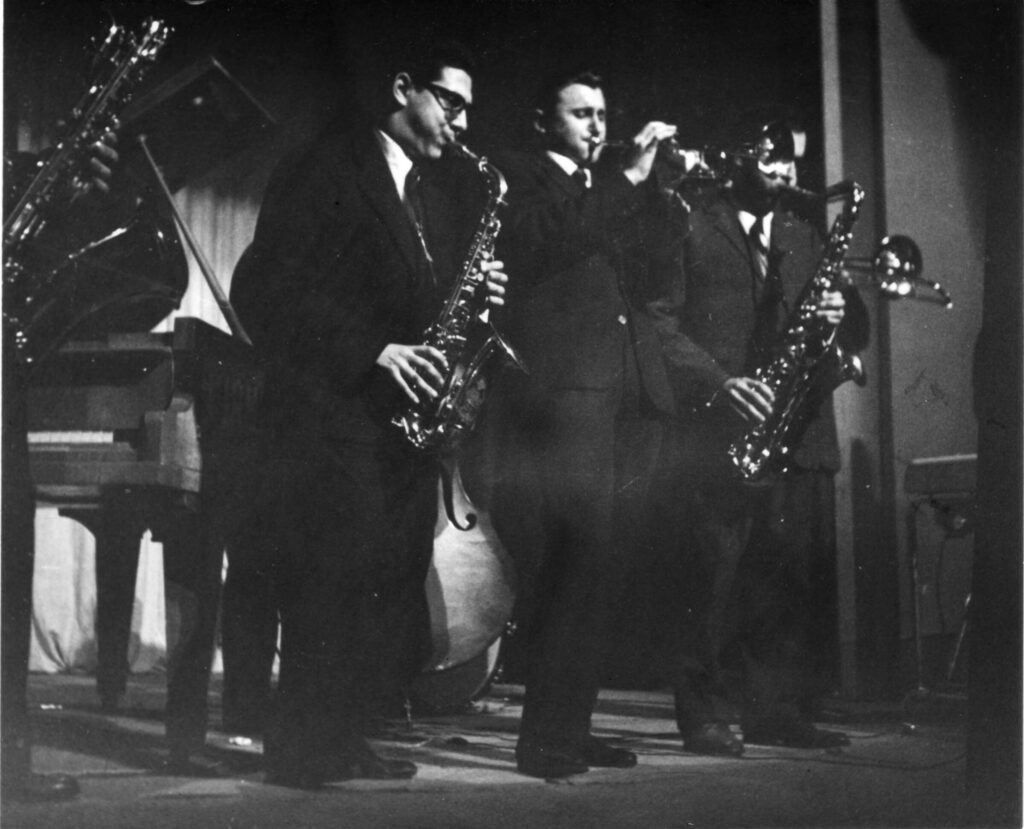
Overground was originally tied to Persuasione, a documentary. Do you see Brugnolini’s music as more than just background for films, or is there something about its cinematic feel that makes it stand out on its own, even outside of the movie context?
Even though much of his music was originally conceived for film or background use, it’s clear that it had greater ambitions—like so much Italian library and soundtrack music from that era. The music often outlives the film or context it was created for. In this case, the soundtrack was made for a documentary called Persuasione, but we’ve found no residue or documentation of the film itself—only references on this release from the private studio label Sincro Edizioni Musicali, also with the mysterious connection to the Provincial Tourism Board of Trento (Ente Provinciale Per Il Turismo Di Trento). And, of course, there’s the incredible music by Sandro Brugnolini, which is absolutely outstanding and has truly stood the test of time.
You guys worked from the original mono tapes for these reissues. That’s got to be a bit of a mission. What’s that process like, especially when you’re dealing with something as rich and complex as Brugnolini’s recordings? How do you make sure you’re bringing out all those details that made the original so special?
Overground was originally released in stereo, so we used the original stereo tapes for this reissue and kept it in stereo. Underground, on the other hand, was originally released in mono. Our mastering engineer, Jonathan Dakers, restored and mastered the transfers from the original mono tapes—preserving the mono format. The lacquer was then cut by Timmion Cutting, using a Gotham cutting system—the same type used by Rudy Van Gelder for many early mono Blue Note releases—which adds a nice punch to the masters.
With vinyl making such a huge comeback, especially with collectors and DJs hunting down rare stuff, how do you see your role in bringing this kind of music back to people? Are you surprised by how much younger crowds are vibing with Italian library music now?
First and foremost, we’re music fans ourselves—we love records. It’s hard to operate in this business without a genuine passion for the music and the culture around it. It’s usually easy to spot releases that lack care or attention to detail. Our goal is to bring this music back to people with the same level of quality and respect that we’d want as listeners and collectors. Of course, we also hope it finds a new audience along the way. That’s why it’s so rewarding to see it appreciated beyond the usual Italian library and soundtrack circles.
The musicians on these albums are total heavyweights—Chimenti, Baroncini, Carnini, Tommaso, Restuccia… What’s the vibe like when you listen to these guys? Do you feel like there was a special chemistry between them and Brugnolini that made the sessions so memorable?
Absolutely. Listening to these musicians—Chimenti, Baroncini, Carnini, Tommaso, and Restuccia—is an absolute treat. You’re hearing some of the finest players in Italy at their peak, creating a rich and dynamic sonic treasure. There’s a palpable sense of sophisticated improvisation and a deep groove that feels both loose and incredibly tight. This music is undoubtedly special, and that’s why it’s so highly regarded by music enthusiasts, composers, producers, musicians, and nerds worldwide.
These rich instrumental sessions, originally conceived to be used as ‘background’ music, represent a truly unique form of art, where the Italian scene reached its zenith. You can absolutely feel a special chemistry between these incredible session men and Sandro Brugnolini. His compositions provided a fantastic framework, but the individual brilliance and intuitive interplay of musicians like Chimenti, Giovanni Tommaso, Carnini, and Restuccia elevated the music to another level. It’s publicly acknowledged that their contributions were significant, and indeed, without their mastery, these albums would never sound so memorable and unique.
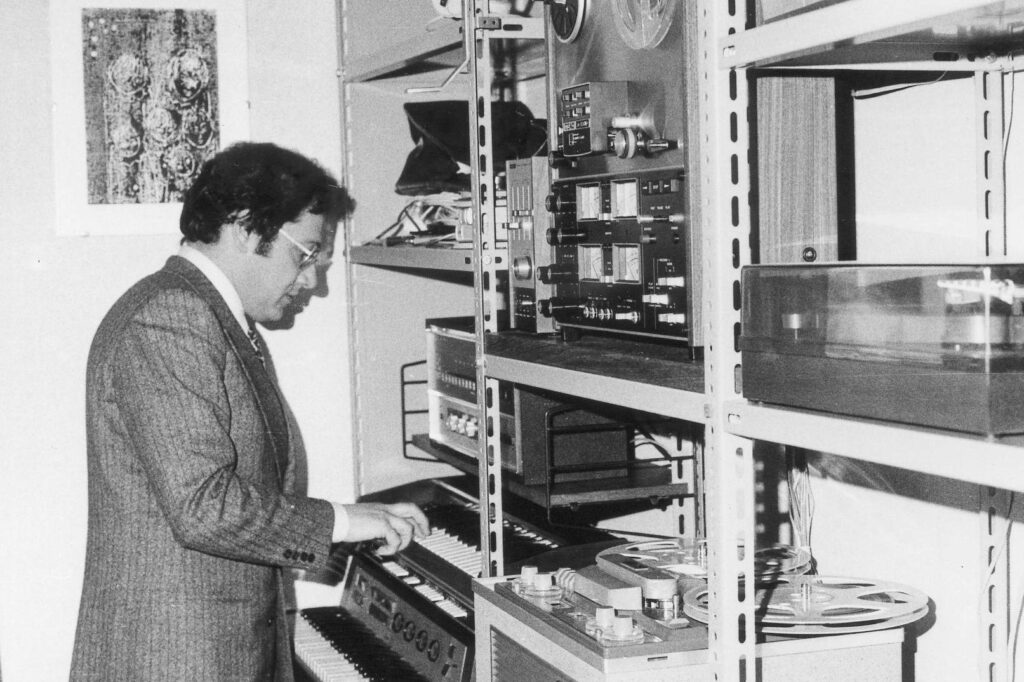
Since the reissues dropped, have you had any cool stories or reactions from collectors or fans that really caught you off guard? It must be pretty wild to see these albums getting that much love all these years later.
It’s great to see releases like these gaining recognition around the world and resonating with listeners from so many places. It was especially cool to see Aphex Twin include “Roxy” by Overground—along with other Italian library gems—in his playlist for his recent collaboration with Supreme. This kind of exposure not only gives the music new life and a broader audience, but also shows that Aphex Twin is a fan of Sandro Brugnolini and Italian library music as well.
Klemen Breznikar
Sonor Music Editions Website / Facebook / Instagram / X / YouTube / Bandcamp
